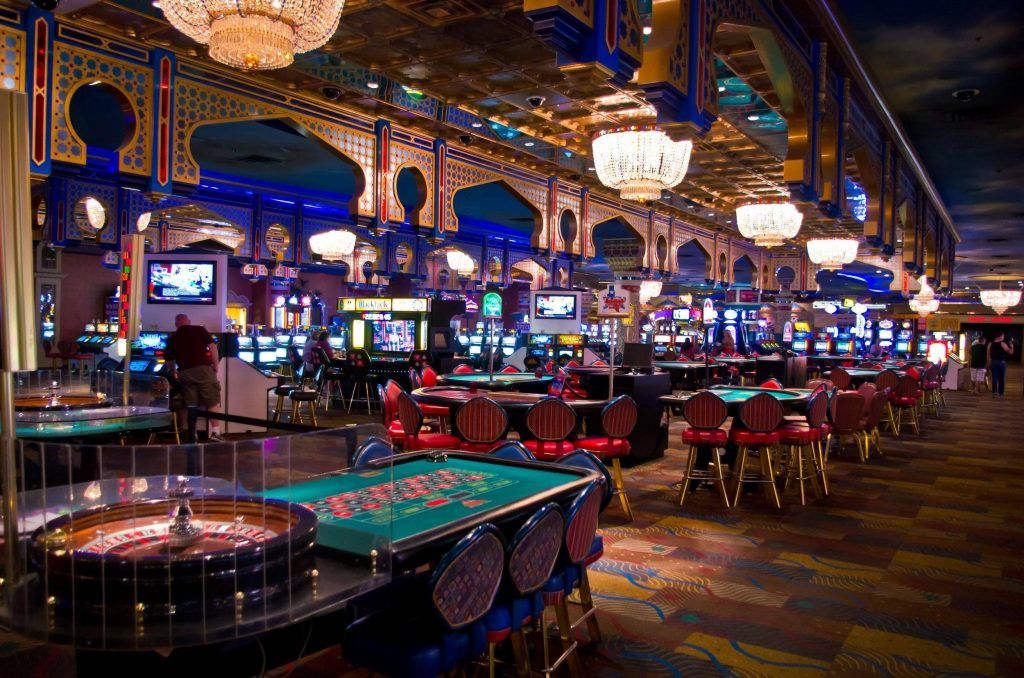In the dynamic and exciting world of casinos, where luck and tactics intertwine, hues and aesthetic play a key role in drawing in players. As soon as visitors step inside a casino or access a gaming platform, they are enveloped in a sightly feast that captures their attention and entices them to explore further. Vivid colors, engaging graphics, and innovative layouts are meticulously crafted to create an environment of thrill and anticipation, ultimately improving the gaming encounter.
While gamblers move through the dynamic landscape of casino games, they come across a variety of designs that not only serve aesthetic purposes but also influence feelings and decision-making. Hues like red and yellow symbolize wealth and fortune, while soothing blues and emeralds can create a more tranquil environment. https://hb88.beer/ Grasping how these elements function together allows casinos to create an welcoming and energizing atmosphere that encourages players to interact with the games, invest more time at the tables, and boost their general enjoyment.
The Psychology of Color in Casino Games
Color plays a crucial role in the creation of gambling games, influencing players’ emotional states and behaviors. Vivid and striking shades, such as crimson and yellow, are often used to stimulate excitement and draw notice. These colors create a sense immediacy and energy, encouraging players to involve themselves more enthusiastically with the game. By strategically selecting hues, creators aim to inspire feelings of pleasure and anticipation, which can enhance the complete game experience.
Various hues also have psychological connotations that can impact how gamblers perceive their odds of success. For case, emerald is often associated with good fortune and wealth, making it a well-liked choice in activities like the roulette wheel and poker tables. This connection can cause participants to feel more hopeful and assured in their gaming, ultimately inspiring them to wager more. Understanding these associations allows game developers to craft environments that enhance player satisfaction and loyalty.
Furthermore, the layout of casino game interfaces often uses gradients and differing hues to guide players’ responses. For example, winning outcomes may be emphasized with bright, differing colors, creating a visual cue. This approach reinforces successful results and promotes repeated participation. By utilizing the psychology of color, gaming venues can create games that not only captivate players but also maintain them involved and invested in their gaming experience.
Creative Elements that Engage Players
The visual appeal of gambling games is primarily influenced by the use of bold colors. Lively and striking colors are strategically chosen to create an appealing atmosphere that captures interest. For example, reds and golden hues often signify luck and wealth, which is why they are prevalent in the palettes of slot machines and game surfaces. These colors not only attract players in, but they also stir emotions associated with excitement and anticipation, enhancing the overall gaming experience.
In parallel to color, the aesthetic and organization of casino games play a crucial role in captivating players. Games are designed to be intuitive, ensuring that players can quickly understand the guidelines and mechanics. User-friendly interfaces, along with captivating graphics and motion, help maintain player interest and encourage extended play sessions. Bắn cá HB88 The tactile elements, such as the feel of the controls and the sounds of the games, also add to a comprehensive sensory experience that keeps players immersed.
In conclusion, thematic elements in gaming design can greatly influence gaming decisions. Many casino games are inspired by media, fairy tales, or adventure themes, featuring symbols and characters that resonate with players. These themes create a sense of engagement and relatability, making each game feel distinct. When players feel a bond to the concept, they are more likely to choose that game over others, leading to higher participation and excitement within the casino environment.
Case Studies: Successful Casino Game Designs
One noteworthy example of impressive casino game design is the popular slot machine series themed around blockbuster movies. Games such as those based on the Wizard of Oz and Game of thrones utilize vibrant colors and superior graphics to immerse players in familiar narratives. The use of moving visuals and captivating sound effects captures the attention of players, establishing an psychological connection to the theme. This strategy not only promotes longer play but also enhances the overall gaming experience, yielding increased player retention.
Another notable case is the application of the psychology of color in table games like 21 and the wheel. Casinos often create these games with rich reds and greens, colors traditionally connected with luck and wealth. For instance, the emerald felt on a blackjack table provides a calming effect, while the crimson accents in the wheel invite thrill. This deliberate use of color helps to establish an inviting atmosphere that motivates players to join in, addressing their psychological impulses and enhancing their enjoyment.
Finally, online casino games that feature social features and vivid, lively designs have seen remarkable success in engaging players. Games like Zynga Poker and Slot-O-Mania leverage striking colors and playful animations to establish an inviting online environment. The integration of leaderboards, community sharing options, and in-app rewards promotes competition and community, attracting players in for longer sessions. Such designs not only make the games visually appealing but also highlight social interaction, a crucial factor in player retention and engagement within digital casino environments.

